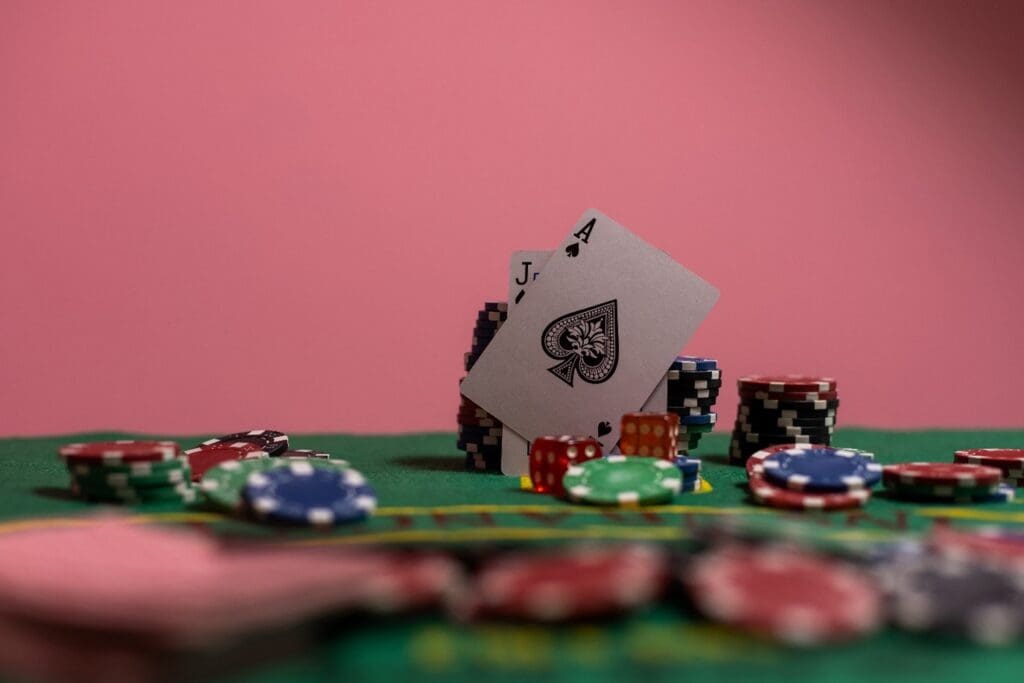Blackjack is one of the most popular casino card games of all time. It offers a range of options that allow you to make decisions throughout gameplay, while aiming to beat the dealer with a hand value as close to 21 as possible, without going over.
In this article, we provide an overview of the fundamental moves you can make when playing the classic game of chance, whether you opt for online live Blackjack or to play at a land-based casino.
The objective of Blackjack
The aim in Blackjack is straightforward – you play against the dealer, trying to make your randomly-dealt hand value add up to as close to 21 as possible, or closer than the dealer’s hand, without going over. Cards two through 10 are worth their face value, face cards (Jack, Queen, King) are valued at 10, and Aces can count as either one or 11.
Basic gameplay options in classic Blackjack
When the game begins, you receive two cards, and the dealer also gets two—one face-up and one face-down. Based on your initial hand and the dealer’s visible card, you can choose from the following options:
- Hit
Choosing to ‘hit’ means you request to add an additional card to your hand. You can continue to hit as many times as you like until you’re satisfied with your hand’s total or until you go over 21, which is known as going ‘bust’.
This option is typically used when your hand’s value is low and you believe an additional card could improve your chances of reaching 21. For example, if you have a total of 12 and the dealer shows a 10, you might choose to hit in an attempt to improve your hand.
- Stand
When you ‘stand’, you’re satisfied with your hand and do not wish to receive any more cards. This option is common when you have a strong hand, such as 17 or higher, or if you believe the dealer is likely to bust based on their visible card.
Standing is a way to maintain your current hand’s value, especially when the risk of busting with an additional card is high.
- Double down
You could choose to ‘double down’ in Blackjack, which means you double your initial wager in exchange for receiving only one more card. This move is often used when you have a strong starting hand—typically totalling nine, 10, or 11—where the chance of drawing a high-value card has the potential to give you a competitive hand.
After doubling down, you cannot hit again, so it’s a decisive move based on the strength of your hand and the dealer’s visible card.
- Split
If your initial two cards are of the same value, you have the option to ‘split’ them into two separate hands. You’ll need to place an additional wager equal to your original bet to do this since you’ll effectively be playing two hands for that round.
Each split hand then receives an additional card, and you proceed to play each hand separately, choosing to hit, stand, or double down as usual.
- Surrender
In some versions of Blackjack, you’ll have the option to ‘surrender’. This allows you to forfeit your hand immediately after the initial deal, recovering half of your original bet. This move is typically used when you believe your chances of winning are low based on your hand and the dealer’s visible card.
There are two types of surrender:
- Early surrender: You can surrender before the dealer checks for Blackjack.
- Late surrender: You can only surrender after the dealer checks for Blackjack and does not have it.
Not all casinos offer the surrender option, so make sure you check the specific rules of the table you’re playing at.
Underage gambling is an offence. You must be over 18 years old to gamble.
Any form of gambling should always be fun, playing in a way that is right for you. It’s good to set limits, take time out or set up reminders.
Please gamble responsibly and in moderation.
For more information on the tools available to help to keep you safe or if you want advice or support you can call the National Gambling Helpline on 0808 8020 133 (England, Scotland and Wales or visit Gamblingtherapy.org).

